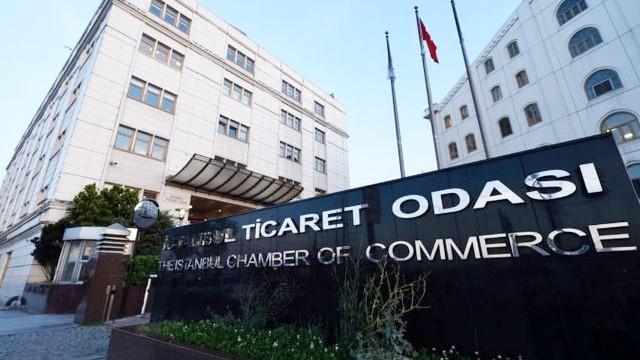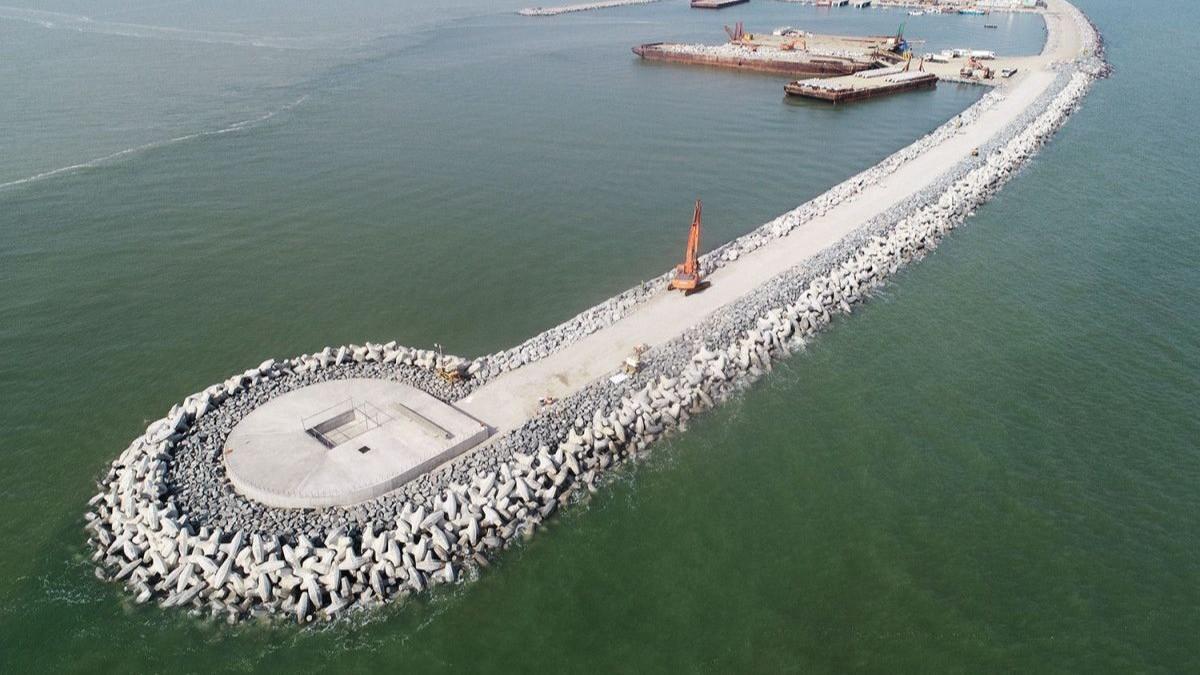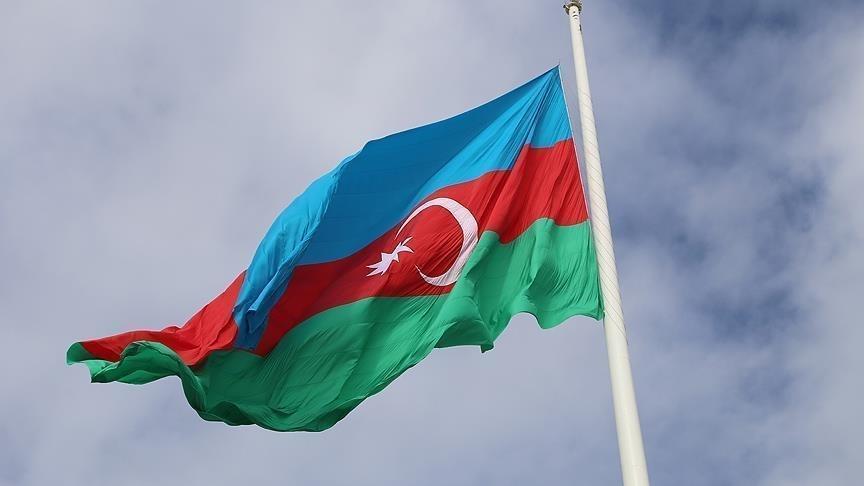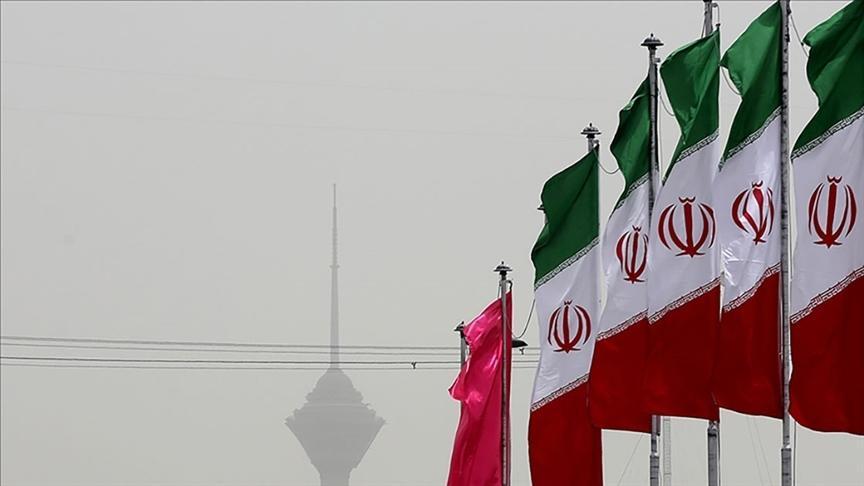Why is Özal’s death an urban legend?
Turkey’s Forensic Medicine Institute (ATK) revealed a report on Dec. 13, stating that late Turkish President Turgut Özal was not poisoned to death when he passed away on April 17, 1993. The report was based on data obtained from his body, which was exhumed upon a demand from his family after they claimed Özal might have been killed because he wanted to take some radical steps to find a solution to Turkey’s chronic Kurdish problem.
The report said that despite traces of poison (mainly pesticides) being found in his body, the levels were far too low to kill a human being. The pro-government daily Star published a very interesting headline in an article about the report: “The end of an urban legend.”
Why was Özal’s death an urban legend? First of all, no autopsy was carried out after he passed away; the authorities at the time claimed his family did not want it, and the family is still not 100 percent clear about it.
Second, he had been a popular (first prime minister and then) president. But perhaps more important than those things, the year he passed away turned out to be a very bloody and controversial one as the days passed by; today, many observers of Turkish politics believe that the year 1993 marked a cursed turning point in recent history.
The first big incident of the year was the assassination of prominent left-wing journalist Uğur Mumcu, who had been writing extensively on terrorism and its international connections with smuggling rings, on Jan. 24 in front of his house in Ankara. A few days later, on Feb. 5, Adnan Kahveci, former finance minister and one of Özal’s “princes,” died in a car accident near Ankara – suspicions about the accident remain to this day. Kahveci had served as Özal’s link with the intelligence services as a Cabinet secretary before becoming finance minister. On Feb. 17, General Eşref Bitlis, the Gendarmerie commander, died in a plane crash as he took off from a military airport in Ankara; his family still claims that the plane was downed by sabotage and that he might have been killed because he was working on a new Kurdish plan with Özal.
On March 17, Abdullah Öcalan, the leader of the outlawed Kurdistan Workers’ Party (PKK), announced a cease-fire in a press conference in the Syrian controlled Bekaa Valley of Lebanon, sitting next to Jalal Talabani, then leader of the Iraqi Kurdistan Patriotic Union, now president of Iraq, who had mediated the cease-fire. On April 4, Özal began a trip to the Turkic republics in Central Asia and told journalists that he was determined to bring an end to the Kurdish issue.
He returned – having put on extra weight – on April 15, the same day Talabani said the cease-fire had been extended. On April 17, Özal was hospitalized and eventually died after a workout that followed a rich breakfast.
Prime Minister Süleyman Demirel was elected as president, becoming the country’s ninth head of state on May 16. Another extension of the cease-fire was announced the same day. But it ended on May 24 following the killing of 33 unarmed soldiers by the PKK between Elazığ and Bingöl in eastern Turkey. Tansu Çiller was sworn in as the new prime minister on June 25. On July 2, 35 people were killed in a hotel fire in the Central Anatolian province of Sivas. Thirty-three of the dead had been there to attend an Alevi festival at the hotel when the facility was surrounded by agitated right-wing (and Sunni) crowds; two hotel workers were also killed. The families of the victims still claim that it was an arson attack aimed at sparking a sectarian fight in Turkey. Three days later on July 5, the Sunni village of Başbağlar in the neighboring province of Erzincan was raided by alleged PKK militants who killed 33 people there, including babies.
Being the first female prime minister of Turkey, Çiller felt like she was under pressure and took a harder line than before regarding the Kurdish issue. This period coincided with a wave of attacks against Kurdish businessmen that began in fall, allegedly helping the PKK; some of the murders remained unsolved.
There were two more murders in 1993 that remain a mystery and continue to have repercussions even today. On Oct. 22, Gendarmerie Brig. Bahtiyar Aydın was killed by a sniper shot near Diyarbakır where the fight against the PKK has always been tense, while on Nov. 4 Cem Ersever, a gendarmerie intelligence major who was known for his brutality, was found shot dead near Ankara a few days after he stated that he wanted to make some confessions regarding the PKK, the army and relations with Talabani.
Anything missing? Yes. Right after the end of the cease-fire in May, unrest started in Azerbaijan, which had signed a deal with Turkey to transport oil from Baku to the Turkish Mediterranean port of Ceyhan, in the first attempt to transport Caspian oil to Western markets free of Russian and Iranian control since the collapse of the Soviet Union. After putting down Ebulfez Elçibey who had signed the protocol with Turkey, Haydar Aliyev canceled the deal on June 18, a few days before Çiller’s assumption of power in Ankara. The Bingöl, Sivas and Erzincan attacks, which killed at least 33 each, took place along the former route of the Baku-Ceyhan pipeline. The pipeline could only be signed (by Aliyev as well) in 1999, after the arrest of Öcalan in a joint operation by the Turkish National Intelligence Organization (MİT) and the Central Intelligence Agency (CIA) of the United States that was made possible after he departed the Greek Embassy in Kenya.
Another weird coincidence: Şemdin Sakık, the PKK chief who had carried out the attack that killed 33 soldiers and ended the cease-fire, was caught in 1998 in the Kurdish areas of Iraq under control of Masoud Barzani, now the president of the Kurdistan Regional Government (KRG), and sentenced to life in prison. He is among the witnesses in the Ergenekon case as well and has accused army officers of conspiring against the government in a planned coup d’état.
There is no fiction in this story. It is just a listing of certain facts.











